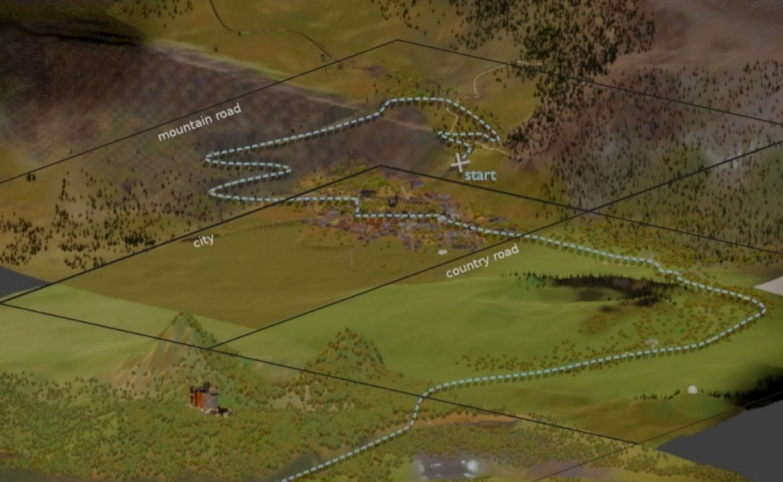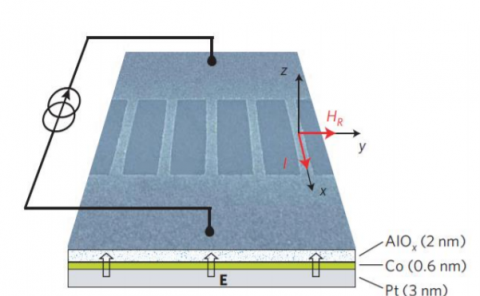WestDrive X LoopAR: An open-access virtual reality project in Unity for evaluating user interaction methods during TOR
PubDate: Dec 2020
Teams: University of Osnabrück;University Medical Center Hamburg-Eppendorf
Writers: Farbod N. Nezami, Maximilian A. Wächter, Nora Maleki, Philipp Spaniol, Lea M. Kühne, Anke Haas, Johannes M. Pingel, Linus Tiemann, Frederik Nienhaus, Lynn Keller, Sabine König, Peter König, Gordon Pipa

Abstract
With the further development of highly automated vehicles, drivers will engage in non-related tasks while being driven. Still, drivers have to take over control when requested by the car. Here the question arises, how potentially distracted drivers get back into the control-loop quickly and safely when the car requests a takeover. To investigate effective human-machine interactions in mobile, versatile, and cost-efficient setup is needed. We developed a virtual reality toolkit for the Unity 3D game engine containing all necessary code and assets to enable fast adaptations to various human-machine interaction experiments, including close monitoring of the subject. The presented project contains all needed functionalities for realistic traffic behavior, cars, and pedestrians, as well as a large, open-source, scriptable, and modular VR environment. It covers roughly 25 square km, a package of 125 animated pedestrians and numerous vehicles, including motorbikes, trucks, and cars. It also contains all needed nature assets to make it both highly dynamic and realistic. The presented repository contains a C++ library made for LoopAR that enables force feedback for gaming steering wheels as a fully supported component. It also includes All necessary scripts for eye-tracking in the used devices. All main functions are integrated into the graphical user interface of the Unity Editor or are available as prefab variants to ease the use of the embedded functionalities. The primary purpose of this project is to serve as open access, cost-efficient toolkit that enables interested researchers to conduct realistic virtual reality research studies without costly and immobile simulators.


